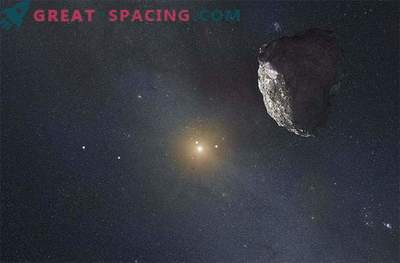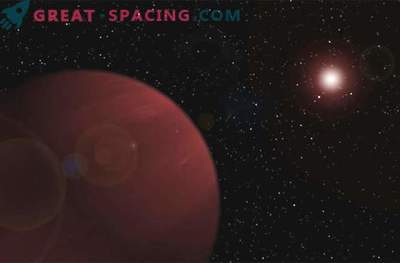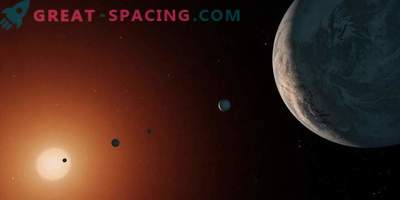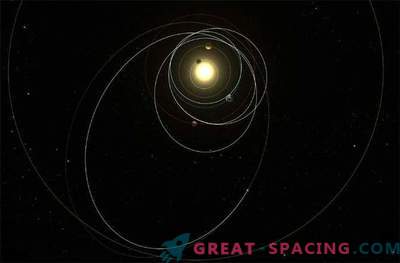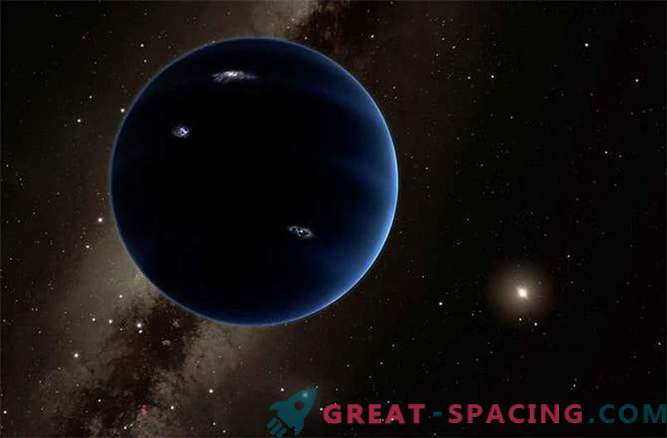
An astronomer who “helped” exclude Pluto from the club of planets believes that a much larger object may be hiding on the edge of the solar system.
"If it exists, then the ninth planet of the solar system will be a gas giant that is 10 times larger than Earth," wrote astronomer Mike Brown of Caltech this week in the Astronomical Journal.
Brown and his colleague Konstantin Batygin, also from Caltech, used mathematical models and computer simulations to prove the existence of the planet. In addition, they have some observational evidence in favor of its existence. Several small objects in the Kuiper Belt (areas beyond the orbit of Neptune) have some contradictions in their orbits, which can be explained by the gravitational influence of a large, more distant planetary body.
Later, scientists realized that six of these objects follow an elliptical trajectory pointing to the same direction in space.
“It's almost like six hands on a clock moving at different speeds, but sooner or later showing one direction,” Brown added in a press release. Their orbits are also inclined in one direction, about 30 degrees lower relative to the orbits of the other eight planets of the solar system.
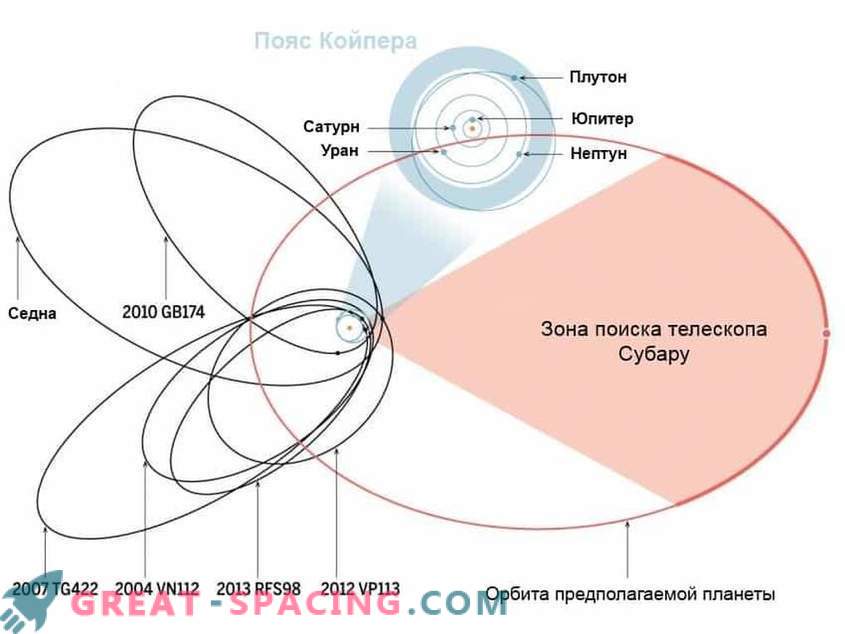
Orbit of the ninth planet of the solar system
“We thought that something had to adjust these orbits,” said Brown.
After checking other Kuiper Belt objects that could be responsible for this phenomenon, the scientists developed computer models that included the outer planets in different orbits.
They found an unusual coincidence: a massive planet that has an elliptical orbit.
“I was skeptical,” said Batygin in the release. "I have never seen anything like it in celestial mechanics."
In addition, the orbit of an open planet must intersect the orbits of other Kuiper Belt objects, and at the farthest point it is 200 times larger than the Earth from the Sun.
“When we discovered it, my jaw almost fell,” added Batygin.
The ninth planet has not yet been directly observed, but it will probably be noticed within the next 5 years, as optical technology develops.
"We hope that other astronomers will be inspired by this discovery and will start a search," said Brown.
